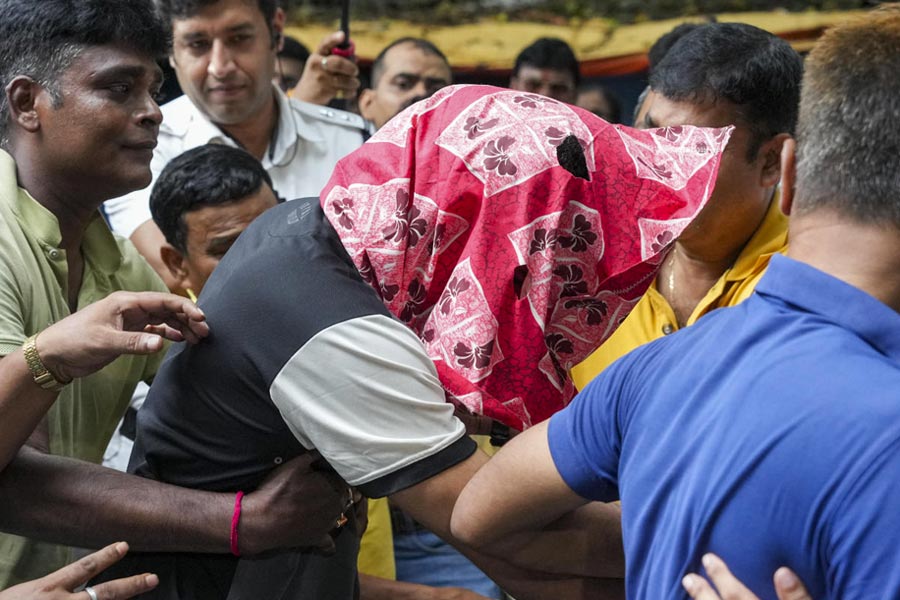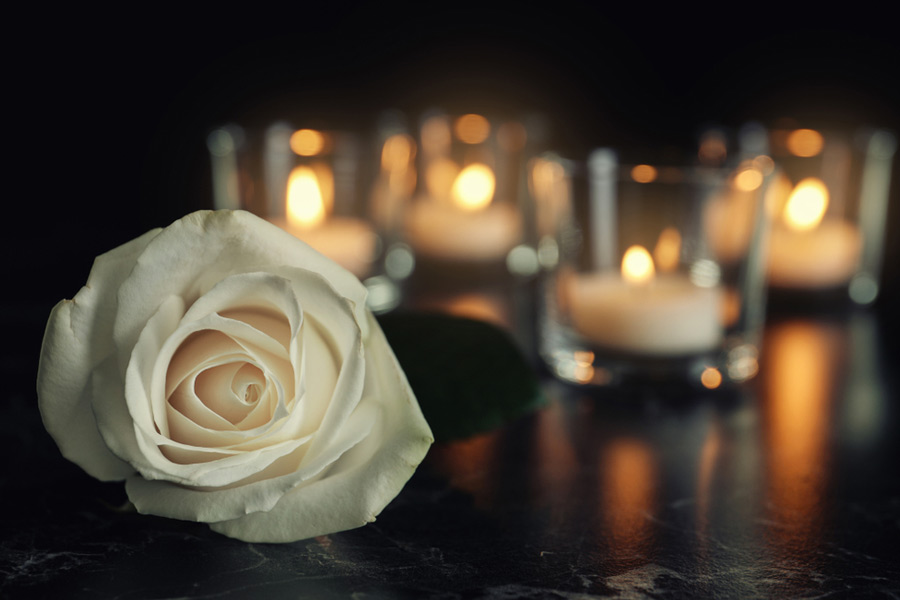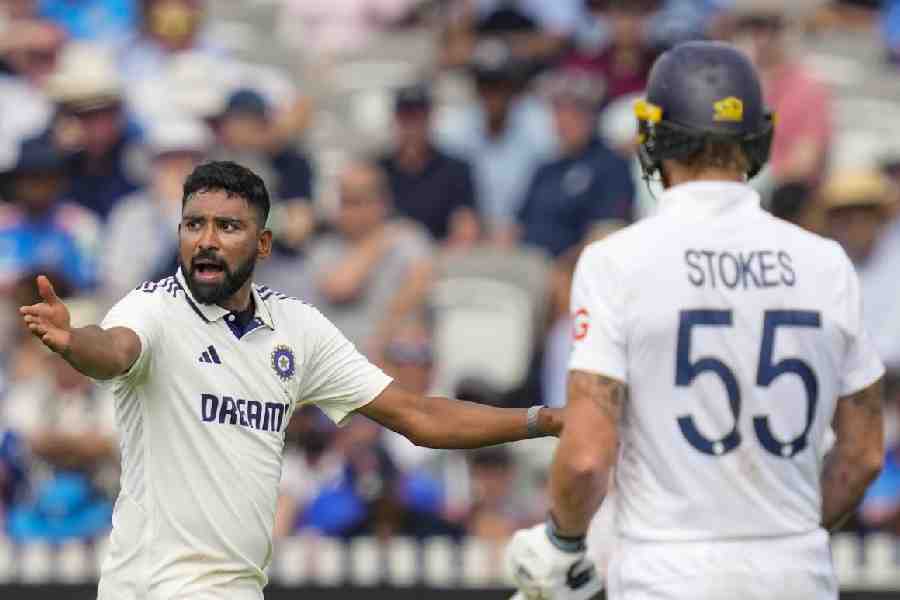 |
| Late Navakanta Barua with children. Picture by S.H. Patgiri |
A heady mix of symbolism & imagism, modern Assamese poetry voices angry protest against a fragmented, cruel society
The most striking feature of contemporary Assamese poetry its attempt to break away from the poetic pre-conceptions of the modernist verse. Poetry for the young poets today is neither a self-contained verbal construct nor a stained glass window. It is not a formal exercise. The poets are extremely concerned with common experience. The modernist poets made poetry a formal and intellectual exercise and their thrust was on the cerebral muscles. The Assamese reading public, used to the conventions of Romantic poetry, found modernist poetry difficult. The in-built difficulty of modernist poetry was due to the influence of poets like Eliot and Pound. French symbolism also did not make things easier for the readers.
The poets from the mid-sixties of the last century have consciously resisted some of the tendencies in modernist poetry. Nature, which was nearly expelled from modernist poetry, was welcomed back. It is not exactly the nature of the Assamese romantics that reveals the glory and substance of God but nature in its daily intercourse with man. Some of the contemporaries, however, have transmuted nature to a mythic height. The contemporary poets do not posit a view of poetry as autonomous, absolute and separate from life. They stress the efficiency of language as well as the strength or relevance of the subject matter. They are aware of the hazards of pure poetry.
The leading Assamese poets of the fifties were widely-read men and Ramdhenu edited by Birendra Kumar Bhattacharyya made it a point to make readers familiar with the best that was thought and known in the world. Freud, Marx, Fraser, Nietzsche and the like were read and discussed. Assamese poetry came under the influence of Anglo-American imagism and French symbolism. Poets with a leaning towards Marxist ideology focussed on the immediate needs, grievances, hopes, struggles and sufferings of the people but did not pay much attention to the technique of the verbal construct. The content mattered more than the form and the content in most cases tended to be mere rhetoric than felt emotions and thoughts.
The modernist poets felt that the stream of collective life was running dry, the trunk line of communication was cut across at many points and life got fragmented. With the loss of values like friendship and love, the individual felt alienated. Religion could no longer assure man of a purpose and meaning of life and the poet came to explore the consciousness of the individual. Thrust shifted from strength and validity of the subject matter to the subtle use of language. The poets turned away from social relations and experience to the consciousness of the individual.
Navakanta Barua, the doyen of modernist Assamese poetry, himself admitted his debt to Eliot. His contemporaries were more or less influenced by Eliot. Love of poetry alone does not help a reader understand a poem like Ajit Barua?s Brahmaputra. The reader needs some prior reading.
Nilmoni Phukan, who has written poetry for over four decades and is an ideal for many younger contemporaries, says in an interview: ?Poetry is a thing of rasa. I am helpless if one asks for meaning straight away. The moon can only be pointed at, one who loves poetry takes initiative to explore the substance of beauty in a poem, its inherent clear wave of music.? This refers to Phukan?s own poetry and modernist Assamese poetry as a whole. Poetry is approximated to music. Phukan has himself written a number of poems in which the process of consciousness of the poet manifests in his subjective response to an object which recurs as a symbol. This use of symbolism is popular among young Assamese poets today.
The stress on the cerebral muscles in modern Assamese poetry was relieved to a great extent by poets like Nilmoni Phukan, Hiren Bhattacharyya and Hirendranath Dutta. They made poetry popular by presenting hard, concrete images to render the particulars exact and by avoiding vague generalities. Sensuousness of the images of both the Hirens is most striking. They have drawn on images and symbols from the countryside, oral tradition and common experience. Nature and the countryside marginalised in the poetry of the fifties were again foregrounded.
Political awareness has always been there in Assamese poetry but the politically committed poets were seen as a separate group till the sixties. The sixties saw the convergence of two parallel streams. Hiren Bhattacharyya?s early poems have clear political overtones and undertones. He also brings back patriotism of the Romantics in a modified form: ?My country, the life of my life, the song of my song.? His Akademi award winning Soisor Pathar Manuh (1992) has 29 poems and 27 paintings painted by the poet himself. The paintings are not emotional equivalents of the poems in colours and lines, but the poet somehow approximates poetry to painting like the imagists.
In the seventies a new group of young poets began to raise voices of protest. They were Samir Tanti, Sananta Tanti, Juan Puzari, Jatindra Kumar Borgohain and a few others. In social commitment they were like Nalinidhar Bhattacharyya, Robindra Bora, Robindra Sarkar, Amalendu Guha, Aboni Chakravorty and the like but they were careful about the technique of writing poetry. To a great extent their technique was also an extension of symbolism and imagism but they read progressive poetry of different countries of the world. They no longer made Eliot, Pound or Baudelaire their ideal. Corruption in public life, unemployment, poverty, hunger and frustrations became themes of poetry and the poets, especially Samir and Sananta expressed anger and protest. A large number of little magazines were brought out from different quarters of the state and the number of poets also rapidly increased.
The new poets of the eighties and nineties have added to the variety in Assamese poetry by picking up symbols and images from the mosaic of ethnic cultures. Samir and Sananta Tanti have articulated the misery of tea tribes with a force that draws attention, Jiban Narah, Gangamohan Mili, Anil Panging and a few others have brought into poetry situations of the suffering of the ethnic communities as well as the distinctive features of their cultural life. Jiban Narah brought into poetry fresh new sights, smells, and sounds from the countryside.
Recasting the age-old ballads, the young poets today have intended to make their poems dramatic, condensed and impersonal. Some young poets, at least, have realised the value of the impersonality of the ballads. This also helps poetry to move towards simplicity.
The most popular young poet today is Nilim Kumar and his usual technique is to make the familiar thing strange. Nagen Saikia?s Mitbhash is a short poem of extreme emotional intensity. In explicit or in inchoate form, the young poets today have voiced protests against injustice, searched for purpose and meaning of life, re-examined values and explored the possibilities of integrating a fragmented life and society.










